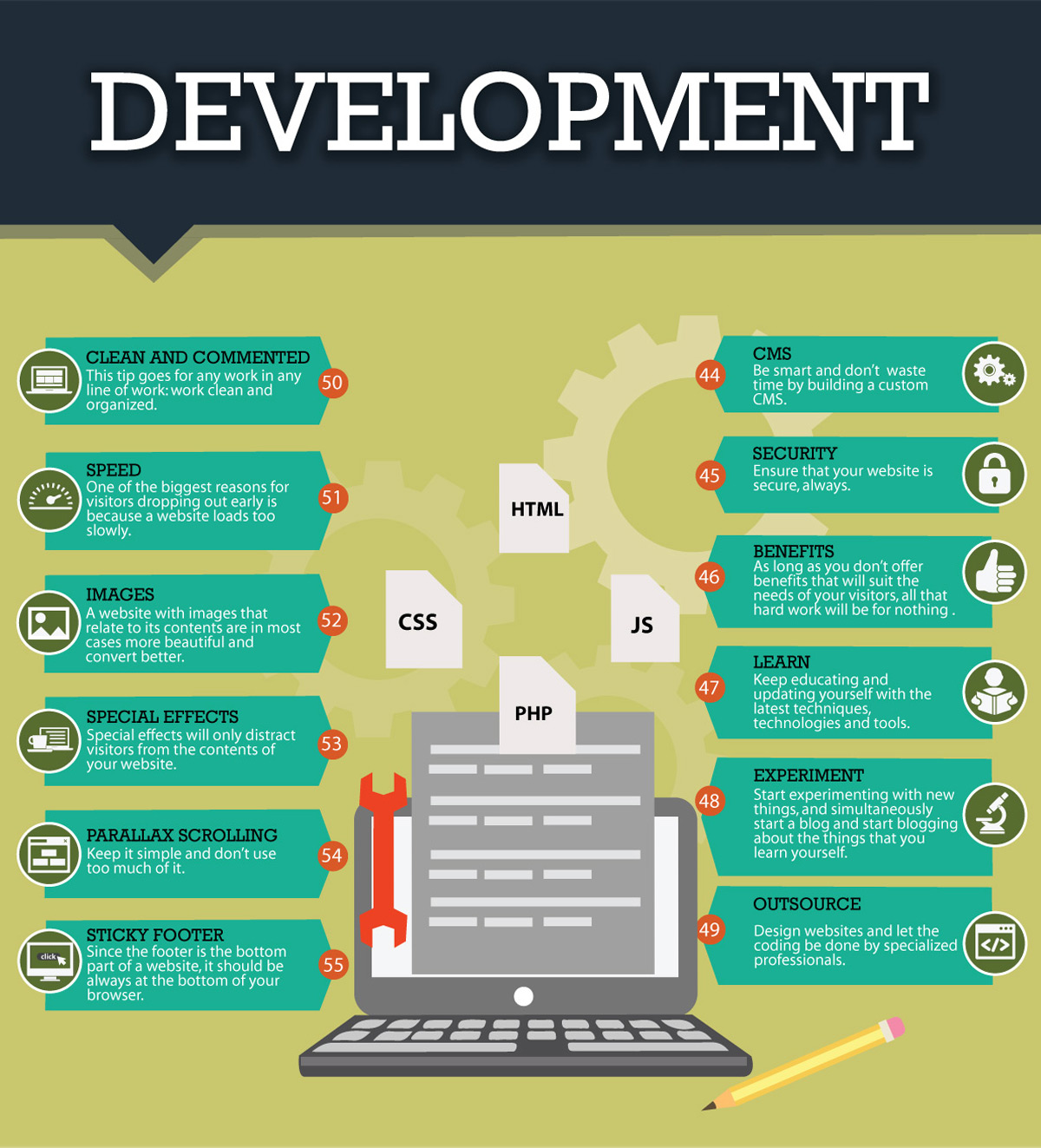Vital Site Style Insights: Recommendations For Developing An User-Friendly User Interface
Vital Site Style Insights: Recommendations For Developing An User-Friendly User Interface
Blog Article
Material Composed By-Wiley Secher
When it pertains to website style, ensuring user-friendliness is crucial. From receptive style to streamlined navigation, every aspect plays an important duty in developing a website that deals with your target market's needs. Yet what regarding the finer details that can make or break a customer's surfing experience? Remain tuned as we discover some often-overlooked ideas that can raise your website's usability to the following level, making it absolutely stand apart in the digital landscape.
Importance of Responsive Layout
Receptive design is a critical element of modern internet site growth. Ensuring your internet site is responsive means that it can adjust to various display sizes and devices, supplying a smooth experience for users.
With the boosting use smart devices and tablets to access the net, having a responsive design is essential for getting to a larger audience. It aids in improving individual experience by making your site very easy to navigate and continue reading any device.
Additionally, Why Hire Digital Marketing Agency can positively influence your search engine rankings, as internet search engine like Google focus on mobile-friendly sites. By having a responsive style, you're likewise future-proofing your site, as new tools with varying display dimensions continue to emerge.
Simplify Navigation Structure
To enhance user experience and help with very easy accessibility to information on your web site, improving the navigating structure is vital. When designing your website, concentrate on developing a clear and intuitive navigation food selection that helps visitors find what they're searching for swiftly.
Limitation the variety of menu things to the fundamentals, grouping associated web pages together to prevent frustrating individuals. Use descriptive tags that plainly indicate the web content of each page, making it easier for individuals to recognize where each web link will take them.
Consider carrying out dropdown menus for subcategories to stop littering the main navigating bar. Furthermore, consist of a search bar plainly on the page for customers that prefer searching for particular information.
Prioritize mobile responsiveness in your navigation design to make sure very easy access on all devices.
Optimize Web Page Load Rate
Improving web page lots speed is essential for maintaining visitors on your web site. Slow-loading pages annoy customers and can bring about high bounce prices. To maximize web page lots rate, beginning by optimizing pictures. Compress photos without compromising high quality to reduce their data sizes.
Additionally, enable browser caching to store regularly accessed sources locally, speeding up load times for returning site visitors. Minify CSS, JavaScript, and HTML documents by eliminating unnecessary personalities, remarks, and format, improving tons rate.
Take into straight from the source utilizing a web content shipment network (CDN) to disperse your site's content across several servers worldwide, reducing latency for customers accessing your site from various areas. Last but not least, restrict the use of third-party manuscripts and plugins, as they can significantly impact tons times.
Final thought
In conclusion, by integrating receptive design, simplifying navigation, and enhancing web page lots speed, you can produce a straightforward website that interest a larger audience and boosts customer experience. These essential elements make sure that site visitors can conveniently gain access to and browse your site across different devices, leading to boosted interaction and satisfaction. By focusing on these key elements, you can build an effective web site that maintains individuals coming back for even more.
